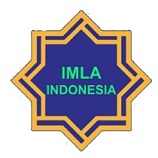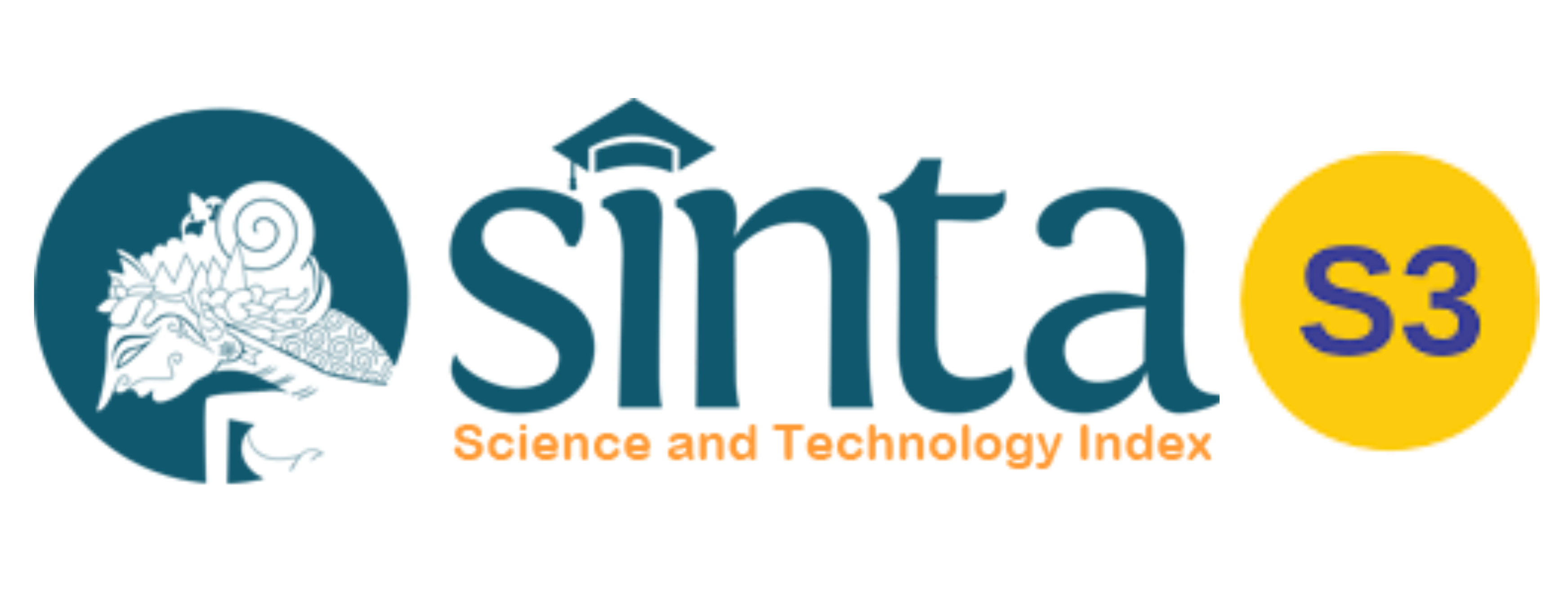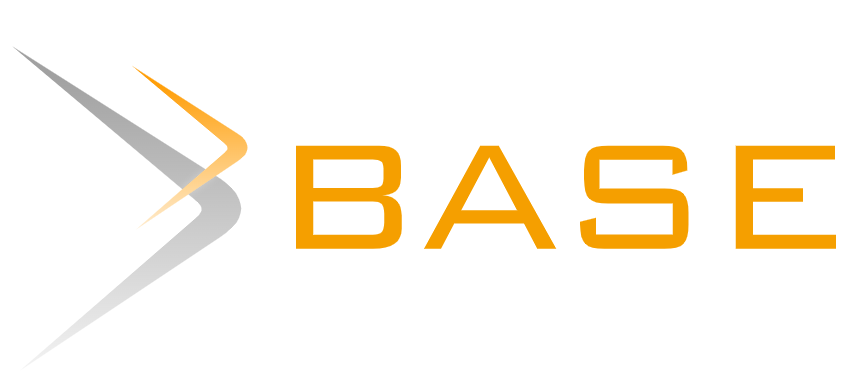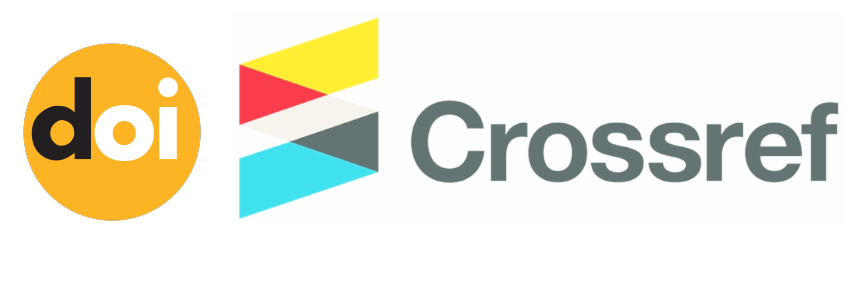The Complement Structure of Arabic in Al-Jurumiyyah Book
Abstract
This study aims to describe the complementary structure of Arabic in Al-Jurumiyyah book. A complement is a complementary form in a sentence which holds a function and role as an adverb (adverb function). This study was designed with a qualitative descriptive research model. The data collection method uses the observation method with note-taking technique. Researchers recorded examples of sentences containing complements. Furthermore, data analysis was carried out using distributional method (agih method), in which the researcher examined aspects of language without paying attention to the context of its use. The technique used in data analysis is Bagi Unsur Langsung (BUL) or ‘Immediate Constituent Analysis’ technique by paying attention to the lingual element which is the complement category in Arabic. Furthermore, the researcher used markah (bookmark) reading technique to determine the constituents of complementary fillers in Arabic. The results showed that in Al-Jurumiyyah book there was a complete discussion of the complement structure, namely genetic complement, accusative complement, and dependent complement. Accusative complement includes maf’ûl-muthlaq, maf’ûl li ajlih atau maf’ûl lahu, maf’ûl fîh, maf’ûl ma’ah, a’t-tamyîz, al-châl, al-ististnâ’. Genitive complement in Arabic is represented by a word that is preceded by charf jar particle preposition or in idhâfah form.
Keywords
Al-Jurumiyyah book, complementary Arabic, accusative complement, genetic complement, and dependent complement.
Full Text:
PDFDOI: https://doi.org/10.20961/cmes.13.2.47106
Refbacks
- There are currently no refbacks.
Copyright (c) 2020 Jurnal CMES

This work is licensed under a Creative Commons Attribution-ShareAlike 4.0 International License.
| Copyright of CMES ISSN 2085-563X (print) and ISSN 2502-1044 (online) CMES Journal is licensed under a Creative Commons Attribution-ShareAlike 4.0 International License. | CMES (Center of Middle Eastern Studies) Print ISSN: 2085-563X Online ISSN: 2502-1044 Website: https://jurnal.uns.ac.id/cmes/index Email: cmes@mail.uns.ac.id Published by: Universitas Sebelas Maret Office: Department of Arabic Literature, Faculty of Cultural Science, Universitas Sebelas Maret Ir. Sutami Street, No. 36A, Surakarta, Jawa Tengah 57126 Phone: +62 822-4000-2313 |















